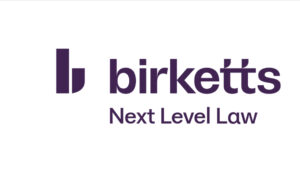Understanding charitable giving – with the (gift) aid of the taxman

As the end of the tax year approaches you may be thinking about maximising your ISA allowance or topping up your pension contributions before 5 April.
But what if you just want to make a donation to your favourite charity or local amateur sports club? Can this be done tax efficiently?
According to Steve Hale from Perrys Chartered Accountants, the answer is “yes”. Here, he explains how charitable giving works and what you need to know about Gift Aid.
How does charitable giving work?
You make your donation to the registered charity or community amateur sports club (CASC) and agree to ‘gift aid it’.
The charity or CASC will be able to claim 20% on top of whatever donation you make.
If, during the year, you pay tax above the basic rate of 20%, you can claim back the difference between the tax you have paid on the donation and the amount the charity has claimed back.
That means a higher rate tax payer can donate £75 (after tax) with the charity receiving £125 – the difference courtesy of HM Revenue & Customs.
What should you watch out for?
Your donations must not be more than four times what you have paid in tax in the year.
Any benefit you get in return for the donation must be limited.
It must be your money. For example, it cannot be a donation of money raised from a raffle or similar fundraising activity.
It cannot be a donation from a company. Companies are able to get tax relief on their donations but not via the Gift Aid scheme.
Perhaps now would be a good time to consider giving a little more to your chosen charity, safe in the knowledge that the taxman is also playing his part.




